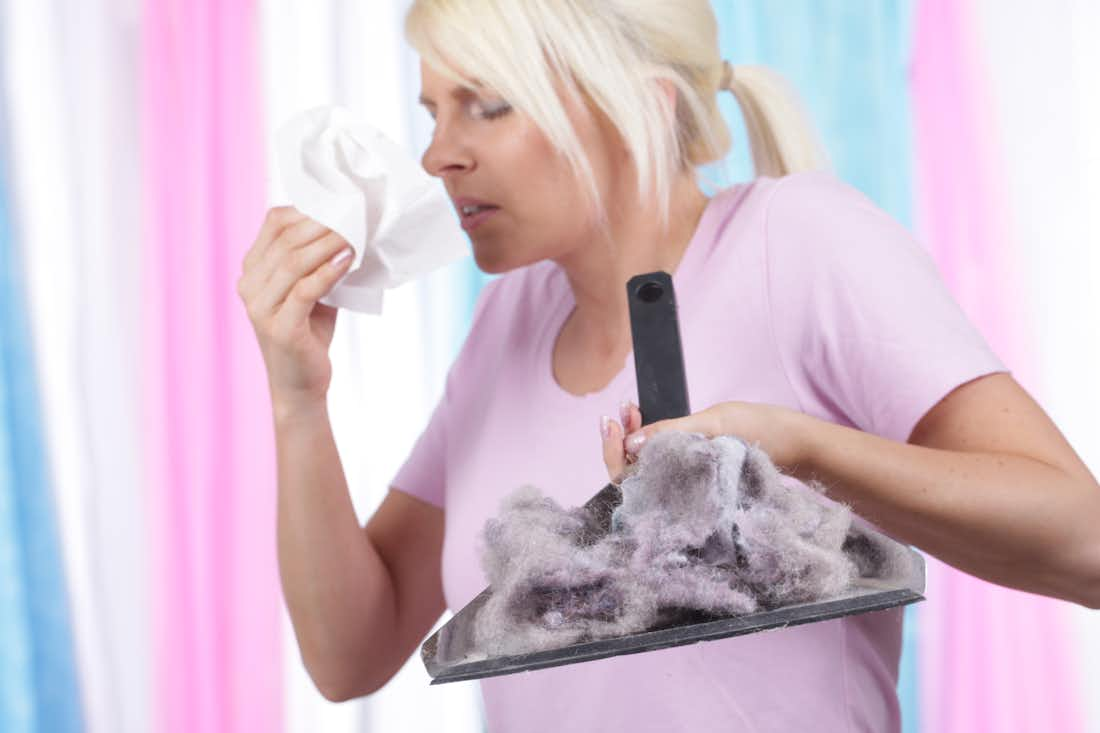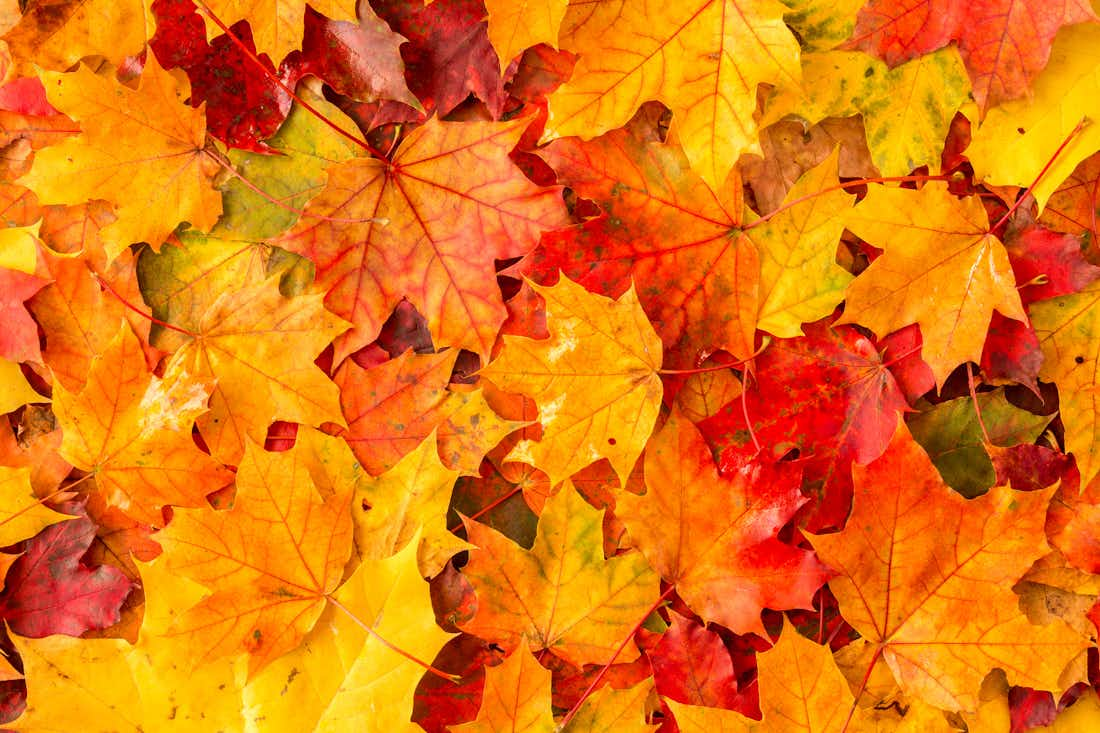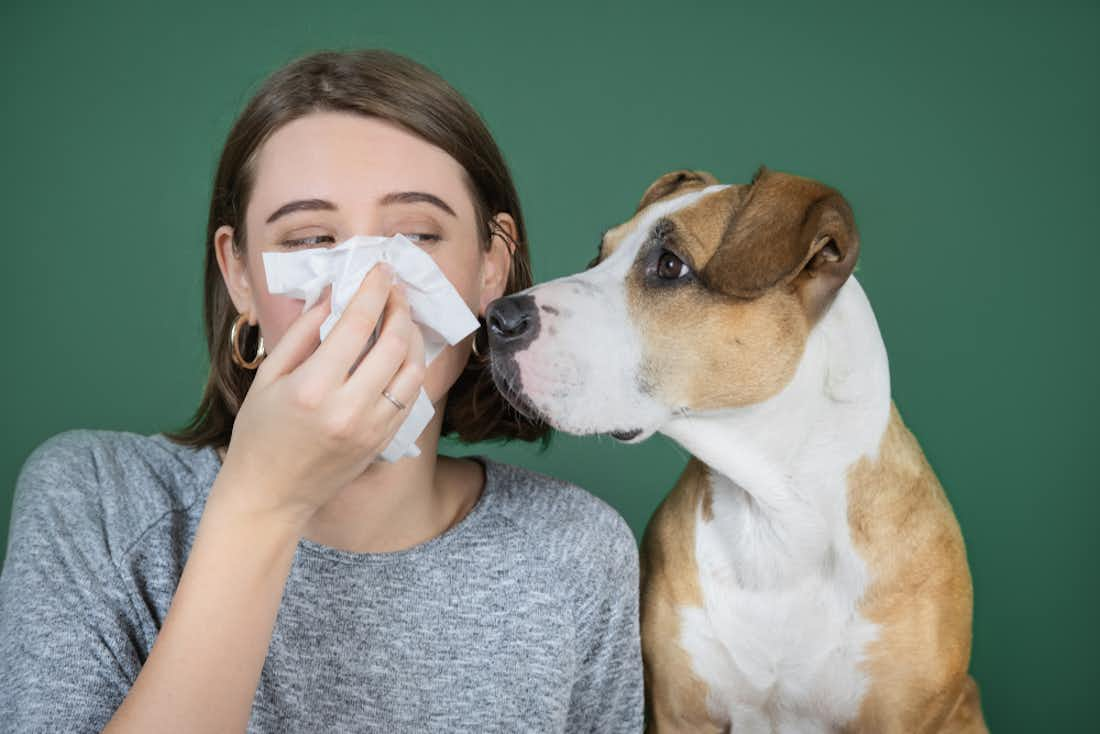Apr 19, 2022
5 Quick Tips To Avoid Pollen Allergy
minute read
Spring is supposed to be a time for frolicking in fields of daisies or taking long walks along the river. Summer is a time for sunbathing or mowing freshly dew-covered grass.
But if you suffer from seasonal pollen allergies, you probably don’t even want to touch these activities with a ten-foot nasal spray.
Pollen is one of the most common causes of seasonal allergies, and it’s also one of the most frustrating. Those specks floating through the air are enough to kick your immune system into overdrive and make a simple walk to the mailbox feel like a climb up Everest. Pollen allergies tend to start in late spring but often continue through the late summer months of July and August and may even extend into October.
The good news is that we’re gearing you up with the tools you need to defend yourself and attack against the pollen plunderers that are picking away at your precious sinuses. That’s all to say: here are some quick tips to avoid pollen allergies.
1. Be Aware of Pollen Count
Pollen is a type of environmental allergen that is inhaled through your nose and mouth. Other environmental allergens include dust mites, pet dander, or mold spores. They’re extra annoying because you can’t actually see them, but you can definitely feel them.
Some common types of weed pollen include sagebrush, pigweed, and tumbleweed.
The one good thing about pollen, and many other environmental triggers, is that there is a way to estimate its abundance in the atmosphere so you can know if a particular day will be extra debilitating. This is called the pollen count, and it’s determined by using an air-sampling device that reads the number of pollen spores in a cubic foot of air.
When pollen counts are high, it might be a good day to catch up on some household chores. These are typically dry, windy days where the pollen has a great chance of easily flying through the air and entering your nasal passages, leading to sneezing and nasal congestion known as allergic rhinitis.
The best days tend to be right after a nice rainstorm, as rain removes pollen from the air. You can track pollen count on your local weather app to see how tough of a day it might be.
2. Dress For The Season
Environmental allergens such as pollen differ from food allergies in that they’re not “ingested” in the typical sense. Instead, they may be inhaled or get stuck in your eyes for some uncomfortable feelings.
You can help physically prevent some of this discomfort by wearing sunglasses or a hat when you go outside. The glasses help to block pollen spores from causing itchy, watery eyes, and the hat can help protect pollen from landing on your face and going into your nose, leading to an allergic reaction.
So not only can you look fashionable in your favorite spring attire, but it can essentially act as a piece of armor between you and the airborne enemy.
3. Wash Away Excess Pollen
Have you ever gone outside and seen tiny yellow specks all over a black car? Those are pollen spores, and as you’ve likely noticed, they really know how to accumulate. On a day with a high pollen count, your clothes might even start to look the same.
It’s essential to wash your clothes in warm water at least once a week, both for pollen and sanitation’s sake. However, you shouldn’t stop there. You’ll also want to wash your bedding, pillows, and mattress often to rinse off any pollen residue that might be leftover from your outside clothes or take a shower to remove pollen from your skin and hair.
After you wash your shirts and sheets, be sure to dry them in a drier or an indoor drying rack. Outdoor drying racks are magnets for flying pollen spores to cling to your clothes and continue to wreak havoc on your immune system.
4. Be Aware of the Environment
Sometimes, the reason for your detrimental pollen allergy might be growing in your own backyard. Grass pollen can come from certain flowers, trees, or grass, so it’s important to know what’s growing in your yard as this might be what’s bringing you discomfort.
Even more important than knowing what’s growing in your yard may be to find out what you’re allergic to. While pollen is usually a menace because it can easily blow throughout the atmosphere and enter your immune system, it’s not the only way to become exposed. You may also transfer pollen into your body unknowingly by touching your face.
Especially if you’re outside doing lawn work or tending to your precious vegetable garden, you’ll want to be careful to wear some gloves that you can remove after use. But even while you’re wearing gloves, limit contact to your face so that you don’t accidentally shovel some spores into your eyes, nose, or mouth and end up with a runny nose.
Cleared’s at-home allergy test can scan for 40 indoor and outdoor allergens to see what’s nagging you the most. It might not be pollen after all. In fact, you might learn that your stuffy nose has been from dust mites or mold spores this whole time.
5. Air Purifiers
Air purifiers can help filter out small particles from the air, meaning you may have a reduction in your symptoms if you invest in one. A wide variety of allergens can easily become airborne, and may end up circulating through your home if you tend to leave windows open.
Running an air purifier can help clean the air and reduce the pollen floating around your home, ideally with a HEPA filter or high-efficiency particulate air filter. With that in mind, you’ll want to make sure you’re not sacrificing your electric bill to keep the pollen out of your eyes.
Avoid Pollen Allergies With Cleared
Pollen allergies affect a large number of Americans each year, and they’re caused by pollen spores floating through the air. While you can barely see them, you can definitely feel them. That’s why avoiding them is as important as possible.
You can take some steps to avoid pollen by staying indoors on days when the pollen count is high, using your A/C to clean the air, wearing hats and glasses to cover your hair and eyes, or taking an allergy test to know your triggers. But sometimes, that might not be enough.
Over-the-counter or prescription medications like oral antihistamines, nasal sprays, or eye drops can be your best friends to combat hay fever symptoms. These help to block the production of histamine, which is a chemical that causes allergy symptoms. It’s a fast relief when you need it most.
Better yet, why not prevent your pollen allergies from the get-go? Sublingual immunotherapy is an FDA-approved method for treating the underlying causes of allergies by gradually exposing you to your trigger over time. It builds up your defenses, so pollen has a harder time knocking it down.
From nasal spray antihistamines to allergy shots and immunotherapy, Cleared has everything you need to do away with pollen. Cleared is your one-stop shop; whether you need to speak to an allergist or need decongestants, we got you covered.
Sources:
Pollen Allergies | Allergy and Asthma Foundation of America
Antihistamines: Definition, Types & Side Effects | The Cleveland Clinic



